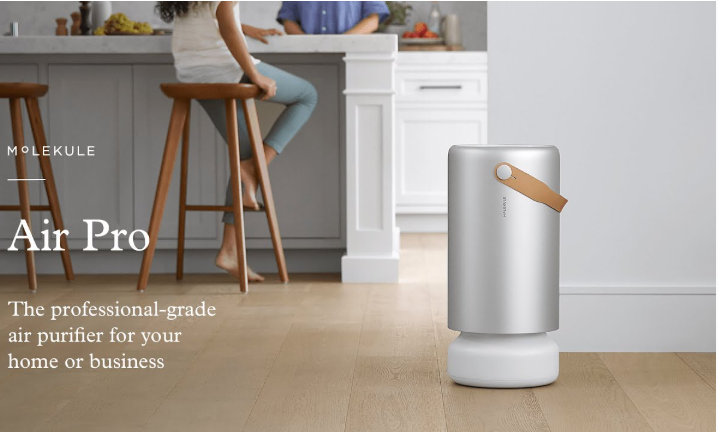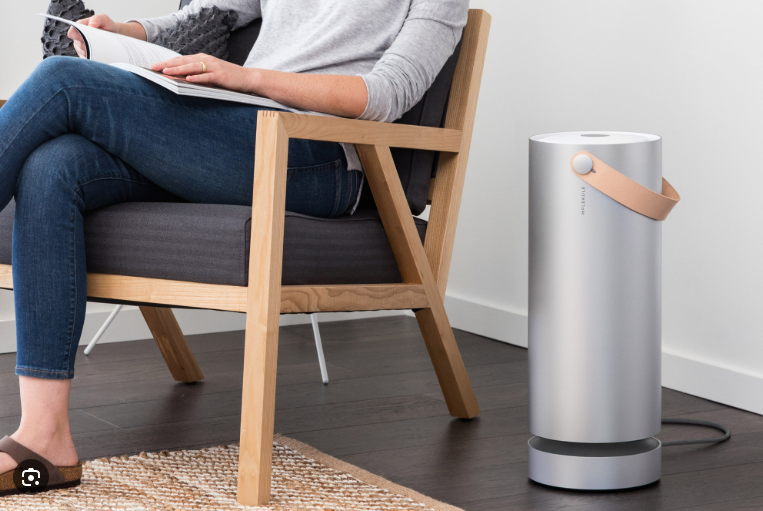Knowing how to store air purifier properly is essential for preserving its functionality and extending its lifespan when not in use. Whether you’re storing a portable air purifier during a move, off-season, or temporary relocation, proper storage prevents damage and ensures it’s ready to deliver clean air when needed. In this detailed guide, we’ll explore the steps for storing an air purifier, provide tips for air purifier maintenance, and offer advice on air purifier setup and troubleshooting to maintain performance. This article will help you master how to store air purifier properly for long-term reliability.
Why Proper Air Purifier Storage Matters
Improper storage can lead to dust buildup, mold growth, or damage to internal components, reducing your air purifier’s effectiveness. Understanding how to store air purifier properly protects your investment, maintains air quality performance, and ensures air purifier safety when you resume use. By following best practices, you can avoid costly repairs and keep your device in top condition, whether it’s stored for weeks or months. Let’s dive into the steps and air purifier tips for effective storage.
Steps to Store Air Purifier Properly
Follow these steps to ensure your air purifier is stored correctly and remains in excellent condition:
- Turn Off and Unplug the Unit: For air purifier safety, always turn off and unplug the air purifier before cleaning or storing. This prevents electrical hazards and protects internal components.
- Clean the Exterior: Wipe down the purifier’s exterior with a damp cloth to remove dust and debris. Pay special attention to air vents to prevent particles from settling inside during storage.
- Remove and Inspect Filters: Remove all filters (HEPA, activated carbon, or pre-filters) according to the user manual. Inspect them for dirt or damage. If filters are reusable, proceed to clean them; if not, consider replacing them before storage.
- Clean or Store Filters Properly: For washable pre-filters, rinse with lukewarm water and mild soap, then let them dry completely. Store filters separately in sealed plastic bags to prevent dust or mold buildup. For non-washable filters (e.g., HEPA or carbon), replace them if they’re near the end of their lifespan, or store them carefully in a clean, dry bag.
- Check Internal Components: Inspect the filter compartment and fan for dust or debris. Use a soft brush or vacuum with a brush attachment to clean the interior gently.
- Choose a Proper Storage Location: Store the air purifier in a cool, dry, and well-ventilated area, away from direct sunlight, heat sources, or high humidity. Avoid basements or garages prone to dampness, as moisture can damage the motor or encourage mold growth.
- Cover the Unit: Place the air purifier in its original box or a breathable dust cover to protect it from dust. Avoid tightly sealing it in plastic, as this can trap moisture and lead to mold.
- Store Upright: Keep the purifier upright to prevent stress on internal components. For portable air purifier models, ensure they’re stable and won’t tip over.
By following these steps, you can ensure your air purifier remains in excellent condition during storage. For more guidance, check out our clean air guide.

Air Purifier Maintenance Before Storage
Proper air purifier maintenance before storage is critical to prevent damage and ensure the device is ready for use later. Here’s how to prepare:
- Clean Filters Thoroughly: For washable filters, clean every 1–2 months during use and ensure they’re spotless before storage. Dry them completely to prevent mold. For non-washable filters, replace them if they’re due (HEPA filters last 6–12 months, activated carbon filters 3–6 months).
- Wipe Down All Surfaces: Clean the exterior and vents with a damp cloth to remove dust. This prevents particles from settling inside during storage.
- Inspect for Damage: Check for worn-out parts, loose screws, or cracked components. Address any issues before storing to avoid worsening during downtime.
- Run a Test Cycle: After cleaning, plug in the purifier and run it briefly to ensure it’s functioning properly before storage.
These air purifier maintenance steps ensure your device stays in top shape while stored.
Air Purifier Troubleshooting: Storage-Related Issues
If you encounter issues when retrieving your air purifier from storage, try these air purifier troubleshooting steps:
- Unit Won’t Turn On: Check the power cord for damage and ensure the outlet is working. If stored in a damp environment, moisture may have affected the motor. Allow the unit to dry in a well-ventilated area before retrying.
- Unpleasant Odors: If the purifier smells musty, the filters may have absorbed moisture during storage. Replace non-washable filters or clean reusable ones thoroughly.
- Reduced Airflow: Dust or debris may have settled inside during storage. Inspect and clean the filter compartment and vents.
- Filter Light On: If the filter light is illuminated, reset it after installing clean or new filters. Refer to the manual for instructions on how to reset air purifier filter light.
Addressing these issues promptly ensures your air purifier is ready to use after storage.
Proper Air Purifier Setup After Storage
When retrieving your air purifier from storage, proper air purifier setup is key to restoring its performance:
- Inspect the Unit: Check for dust, mold, or damage that may have occurred during storage. Clean the exterior and vents if needed.
- Reinstall Filters: Install clean or new filters, ensuring they’re properly seated according to the manual.
- Place in an Open Area: Position the purifier in a well-ventilated spot with at least 12 inches of clearance to ensure optimal airflow.
- Test the Unit: Plug in the purifier and run it on a low setting to confirm it operates smoothly. Adjust fan speeds as needed for your environment.
Proper setup ensures your air purifier resumes delivering clean air efficiently.
How to Clean with an Air Purifier Before Storage
If you’re using your air purifier during cleaning tasks before storing it, follow these tips to keep it in good condition. Here’s how to clean with an air purifier to minimize wear:
- Run During Cleaning: Use a medium fan speed while vacuuming or dusting to capture airborne particles without overloading the filter.
- Position Strategically: Place the purifier away from direct debris to prevent clogging.
- Clean Filters Post-Cleaning: After heavy cleaning, check and clean pre-filters to ensure they’re free of dust before storage.
These practices keep your filters clean, reducing the risk of issues during storage.

Choosing the Best Air Purifier for Easy Storage
When selecting an air purifier, consider models that are easy to store. According to the best air purifier guide, look for these features:
- Compact Design: A portable air purifier is ideal for small spaces and easy to store in tight areas.
- Removable Filters: Choose models with easily accessible filters for simple cleaning or replacement before storage.
- Durable Build: Opt for purifiers with sturdy materials to withstand long-term storage without damage.
- Lightweight Models: Lightweight units are easier to move and store, especially for frequent relocations.
Selecting a model designed for easy storage simplifies the process of how to store air purifier properly. For recommendations, visit airpurifierr.com.
Air Purifier Safety: Storage Best Practices
Following air purifier safety practices during storage protects both you and the device:
- Unplug Before Handling: Always unplug the purifier before cleaning or storing to avoid electrical hazards.
- Store in a Dry Environment: Avoid damp areas to prevent mold growth or motor damage.
- Handle Filters Carefully: Wear gloves when handling used filters to avoid contact with trapped pollutants, and store them in sealed bags.
Conclusion: Master How to Store Air Purifier Properly
Knowing how to store air purifier properly ensures your device remains in excellent condition and ready to deliver clean air when needed. By following proper cleaning, filter maintenance, and storage practices, you can protect your air purifier from damage and extend its lifespan. Regular air purifier maintenance, careful air purifier setup after storage, and air purifier troubleshooting for any issues will keep your device performing at its best.
Whether you’re storing a portable air purifier or a larger unit, these air purifier tips will help you maintain its functionality. For more expert advice on air purifier care and storage, visit airpurifierr.com. Store your air purifier with confidence and enjoy clean air whenever you’re ready to use it again!